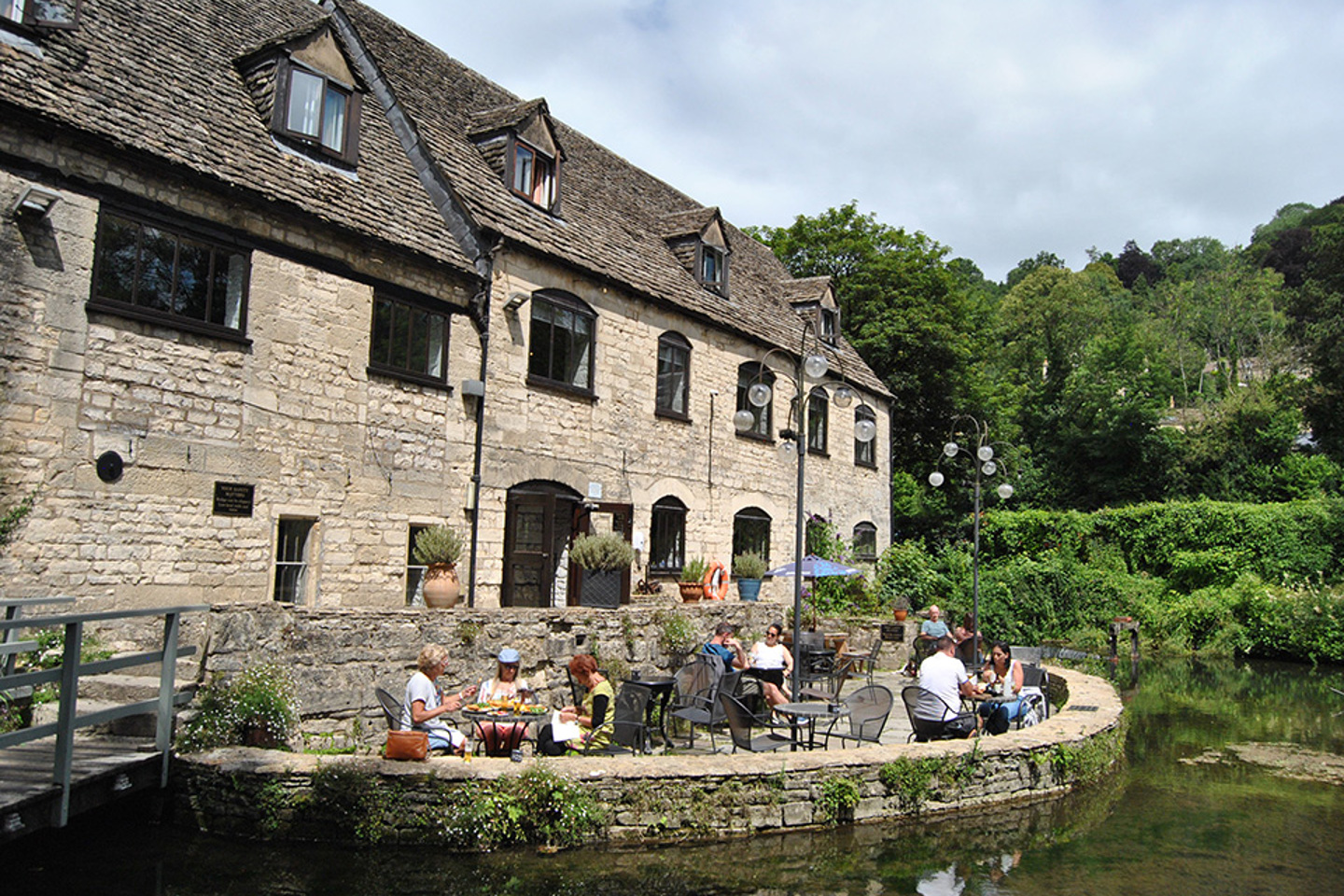August 6, 2023
Amendments (August 2020)
As of the 31st August 2020, exciting changes to permitted development (PD) rights will be introduced which allow for new dwellings on detached buildings in commercial or mixed use. These new PD rights do come with a series of restrictions but could help unlock significant development opportunities.
As a developer may wish to take advantage of these new PD rights, in the absence of any other detailed procedural guidance, our checklist below will assist you to bring forward your development.
Step 1 – Consider Exemptions
- The Local Planning Authorities (LPA) have areas where these PD rights will not apply including:
- If the building is within article 2(3) land – Conservation Area, AONB, the Broads, National Park or World Heritage Site
- If it forms part of a site of special scientific interest (SSSI)
- Is a Listed Building or scheduled monument or within the curtilage of such buildings
- If it forms part of a safety hazard area or military explosive storage area
- The building is within 3km of an aerodrome
Step 2 – Confirm Compliance
- The buildings must have:
- Been constructed after 1st July 1948 or before 5th March 2018
- Been in commercial or mixed use on 5th March 2018 as any combination of shops, financial and professional services, restaurant and cafes or offices or a use falling within C3 (dwellinghouses)
- 3 or more stories
- Restrictive conditions on previous planning permissions also need to be taken into consideration.
Step 3 – Other considerations
- The enlargement allows for 2no. additional storeys on compliant buildings
- The additional dwellinghouses must be flats
- In terms of new heights, restrictions include:
- The overall height of the building must not exceed 30m as a result of the extension (excluding any plant)
- The height of the building must not exceed the existing roof height by more than 7m
- The additional storey must be constructed on the principle part of the building
- The extension must not require any engineering operations other than within the curtilage to strengthen existing wall, foundations or replace existing services such as water, drainage and gas
Step 4 – Prior Approval
- In all cases, an application for Prior Approval will need to be made to the LPA.
- A Prior Approval application can be refused on a number of grounds including:
- Impact to transport and highways
- Impact to air traffic and defence asset impacts
- Contamination risks in relation to the building
- Flood risk
- The external appearance including design and architectural features of:
- (a) the principle elevation
- (b) any side elevation which fronts the highway
- The provision of natural light in habitable rooms of the new flats
- Impact on occupant and neighbouring amenity in regard to overlooking, privacy and natural light
- Impacts of noise from the commercial premises on the new flats
- Impacts of a residential use on trade, business or other use of land
- Is within a protected view as identified in the Protected Vistas (2012)
Step 5 – Application Checklist
Under the prior approval process associated with Class AA, Part 20, an application must include:
- a written description of the proposed development including details of any proposed works
- a site location plan
- Existing and proposed elevations and position of proposed windows
Step 6 – Determination Process
- The LPA will confirm the building complies with the requirements set out in Step 2
- The LPA will consult the highway authority to assess if there is any material increase or change to the character of traffic in the vicinity of the site.
- The LPA will consult with the Civil Aviation Authority to determine if the site presents risk to air traffic.
- The LPA will consult with the Environment Agency who will assess the proposal if it’s in Flood Zone 2 or 3, or Zone 1 where there are critical drainage problems.
- The LPA will assess the proposed external appearance of the extension in relation to the existing building and townscape
- The LPA will assess whether there are any contamination risks, taking account of any proposed mitigation measures.
- The LPA will assess whether there are any impacts to existing occupant and neighbouring amenity in regard to outlook, privacy or natural light
- If it is determined the proposal has no impacts, prior approval will not be required and the LPA will confirm the development can proceed
Step 7 – Complete development within 3 years of the date on the decision notice and notify the LPA.
The new legislation text associated with Part 20, Class AA is available here.



